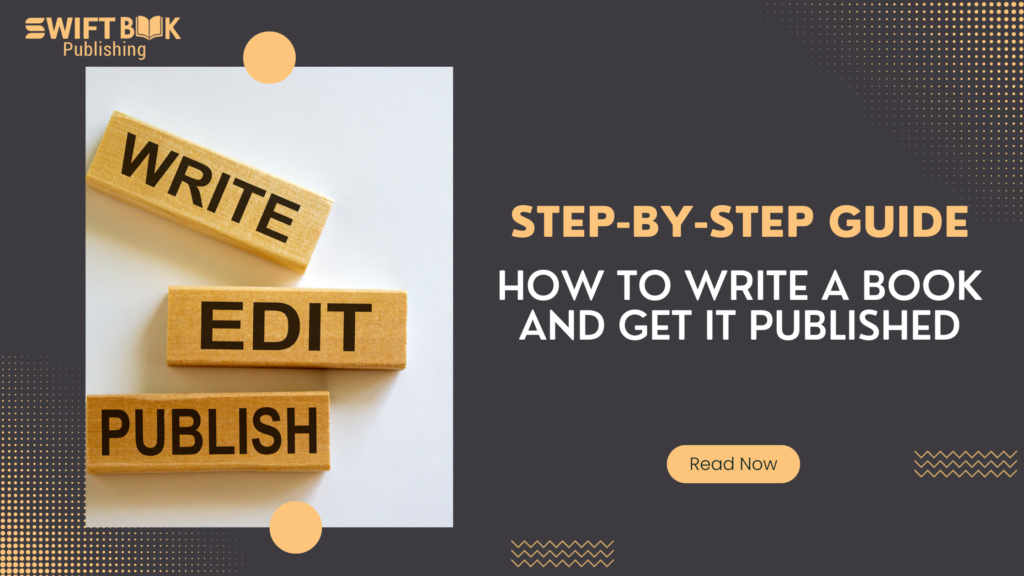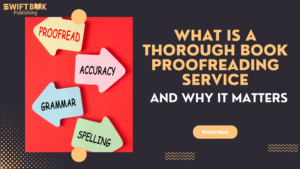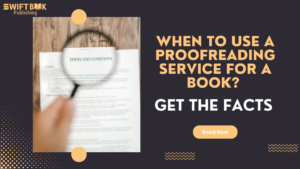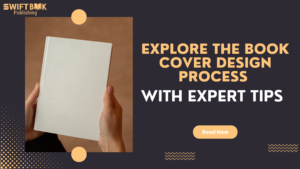Writing a book and getting it published is a significant accomplishment that many aspire to achieve. It begins with a simple yet profound idea, blossoms through diligent writing, and culminates in the strategic process of publication.
Authors must first understand that writing a book requires a deep commitment to their craft. It involves structuring one’s thoughts, developing a narrative or thesis, and producing content that resonates with a target audience. Whether one seeks to create an impactful novel, a comprehensive guide, or an insightful non-fiction work, the process demands persistence, organization, and creativity.
The journey from how to write a book to a bookshelf is navigated through the complex world of book publishing. Authors have various paths they can explore, from traditional publishing houses to independent and self-publishing options. Each route has distinct steps, including querying agents, negotiating contracts, and understanding market trends. Success in publishing also hinges on an author’s ability to effectively market their book, which can include building a strong author platform, engaging with readers, and employing a variety of promotional strategies.
Planning Your Book
Effective planning lays the foundation for a book’s success. It involves selecting a suitable topic, understanding the intended audience, and constructing a detailed outline.

Choosing a Topic
The topic should resonate with both the author and the intended readers. It must be:
- Relevant: Current, engaging, and of interest to the target audience.
- Expertise: The author should have or develop expertise in the subject matter.
Defining Your Audience
Knowing one’s audience shapes the tone, complexity, and style of writing. Key considerations must include:
- Demographics: Age, education level, and interests of the prospective readers.
- Needs and Preferences: What the audience seeks to gain from reading the book.
Creating an Outline
A strong outline serves as a blueprint for the book. It should include:
- Chapter Titles: A logical progression of main points or story arcs.
- Subpoints: Under each chapter, list specific topics, arguments, or plot points.
- Notes: brief explanations clarifying each point’s purpose or relevance.
Writing Your Book
Crafting a book requires structured effort and an understanding of one’s creative process. Successful authors often adhere to a consistent schedule and develop personalized strategies to express their ideas effectively.
Setting a Writing Schedule
One should establish a consistent writing schedule that aligns with their lifestyle. Consistency is key to progress. For example:
Day | Time | Goal |
Monday | 7-9 AM | Draft 500 words |
Wednesday | 6-8 PM | Revise 2 pages |
Friday | 5-7 PM | Outline new chapter |
A schedule provides structure to one’s writing practice and helps in adhering to deadlines.
Developing Your Writing Process
An individual’s writing process is unique and evolves with experience. They should experiment with different approaches to discover what works best for them. For instance:
- Outlining: Create a roadmap of the book’s structure.
- Free Writing: Compose without self-editing to foster creativity.
- Researching: Gather relevant information before and during writing to add depth.
Refining one’s process will lead to a more fluent and clear articulation of thoughts.
Handling Writer's Block
When writer’s block occurs, it’s important to have strategies in place. Tactics to overcome this challenge may include:
- Taking a break: Stepping away briefly can refresh one’s mind.
- Switching tasks: Working on a different part of the book may reignite creativity.
- Engaging in a different creative activity: Activities like drawing or playing music can stimulate new ideas.
Understanding that writer’s block is a common obstacle can alleviate the frustration it often brings.
Editing and Revising
Editing and revising are crucial steps in the book writing process to enhance clarity, coherence, and readability. They involve a detailed review and subsequent refinement of the text.
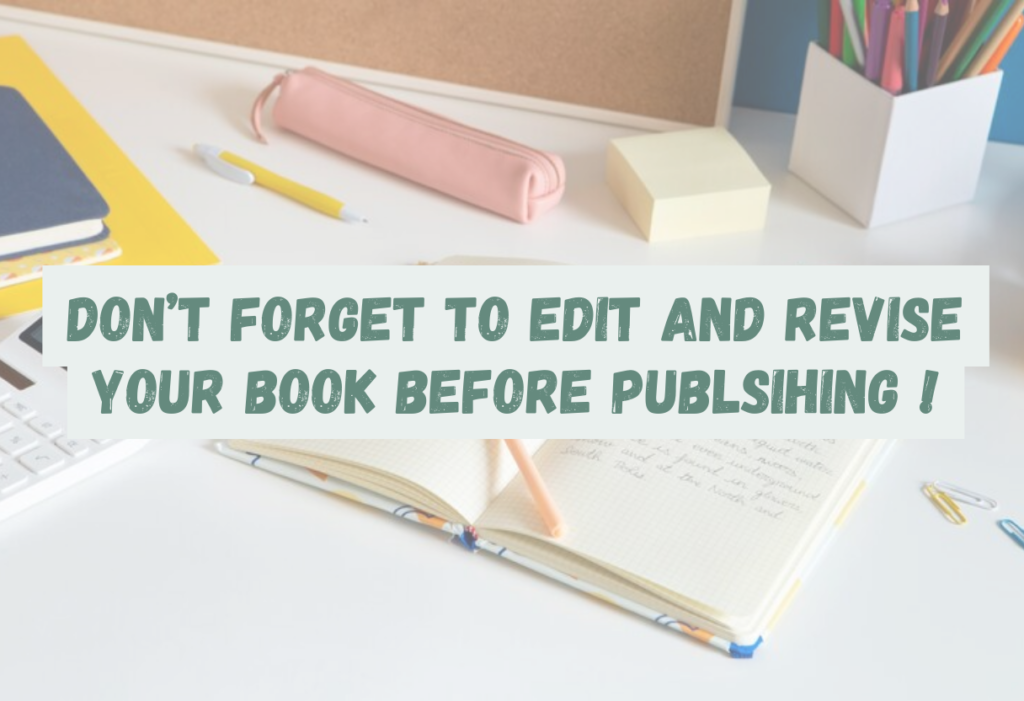
Self-Editing Techniques
Authors should first rely on self-editing to comb through their work for errors and areas of improvement. One effective technique is to take a break after completion of the manuscript before reviewing it. This provides perspective and allows for a clearer evaluation. Authors can also read their manuscript aloud to catch awkward phrasing and run-on sentences. A useful practice is to:
- Look for overused words and phrases.
- Check for consistent tense and point of view.
- Simplify complex sentences.
- Ensure paragraph transitions are smooth.
A structured approach can be taken by focusing on one aspect at a time, such as plot, characters, dialogue, and then grammar and syntax.
Professional Editing Services
For more comprehensive results, authors should seek professional editing services. Qualified editors specialize in different types of editing:
- Developmental editing focuses on the structure and content.
- Copyediting zeroes in on grammar, punctuation, and style.
- Proofreading is the final review for minor typos and formatting issues.
Authors must research and select editors who are experienced in their genre. It is important to communicate clearly about expectations and to understand the editor’s process before starting the collaboration. Hiring a professional editor can significantly elevate the quality of a book before it reaches the publishing stage.
Publishing Your Book
Once your manuscript is complete, the next step is navigating the publishing landscape to transform your manuscript into a published book.
Traditional vs. Self-Publishing
Traditional Publishing involves submitting your manuscript to established publishers. It typically requires:
- A query letter
- A synopsis of the manuscript
- The first few chapters or the entire manuscript
- An agent (often preferred by publishers)
Self-Publishing allows authors to publish their work independently, primarily through platforms like Swift’s Kindle Direct Publishing or IngramSpark. Key points include:
- Complete control over the publishing process
- Retention of rights and higher royalties
- Responsibility for all aspects of publication, from cover design to distribution
Traditional Publishing | Self-Publishing |
Requires an agent and publisher acceptance. | No agent or publisher needed. |
Offers advance against royalties. | No advance; earn royalties per sale. |
Publisher handles editing, design, and marketing. | Author is responsible for all production. |
Longer timeline until book release. | Quicker route from manuscript to market. |
Submitting to Publishers
When submitting to publishers:
- Research publishers who specialize in your genre.
- Follow their submission guidelines meticulously.
- Prepare a concise, engaging cover letter.
- Expect to wait for a response; response times can vary from a few weeks to several months.
For those looking to secure a literary agent:
- Compile a list of agents interested in your genre.
- Tailor your query letter to each agent’s interests and submission guidelines.
- Track your submissions to avoid duplicate submissions.
Marketing Your Published Book
Effective marketing is crucial for a book’s success. Key strategies include:
- Developing a strong online presence through a professional website and social media.
- Securing book reviews from reputable sources before the launch.
- Organizing book signings, readings, and speaking engagements.
- Utilizing advertising platforms such as Swift Ads and BookBub.
Authors should also consider:
- Engaging with local bookstores and libraries to arrange events or consignments.
- Building an email list to communicate directly with readers.
- Participating in author communities and writing groups for networking opportunities.
Effective marketing strategies are designed to boost visibility, generate interest, and drive sales for a book in the competitive market.
In the realm of book publishing, strict adherence to copyright laws and protection of intellectual property rights are paramount. Publishers and authors must navigate these regulations to avoid legal pitfalls and to ensure that a book’s distribution is lawful and respects the rights of all involved parties.
Frequently Asked Questions
This section addresses common inquiries about the essentials of book writing and publishing for novice authors, detailing the publishing options on Swift, the mechanics of self-publishing without costs, the procedure of publishing without an agent, the expenses involved in self-publishing, and the potential financial returns for first-time authors.
For first-time authors, the essential steps include outlining the book’s structure, creating a writing routine, completing a first draft, revising, and seeking feedback before finalizing the manuscript.
Publishing a book on Swift can be done through Kindle Direct Publishing for ebooks and Swift’s print-on-demand service for paperbacks, allowing for immediate availability and global distribution.
One can publish a book at no cost by using platforms like Swift’s Kindle Direct Publishing or Smash words, which offer free ebook publishing services and pay royalties on sales.
Publishing without an agent involves researching publishers that accept unsolicited manuscripts, preparing a strong query letter and synopsis, and submitting directly to publishers or using self-publishing platforms.
The typical costs of self-publishing can include editing, cover design, formatting, and marketing, with prices varying widely depending on the service providers chosen and the quality desired.
Financial returns for a first-time published author can be modest, with earnings from royalties, advances, and sales often influenced by the book’s reach, marketing efforts, and reader demand.
